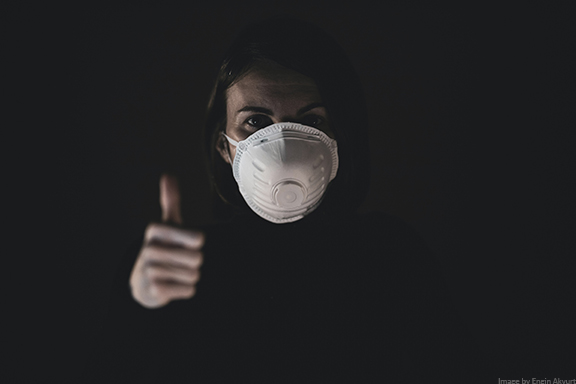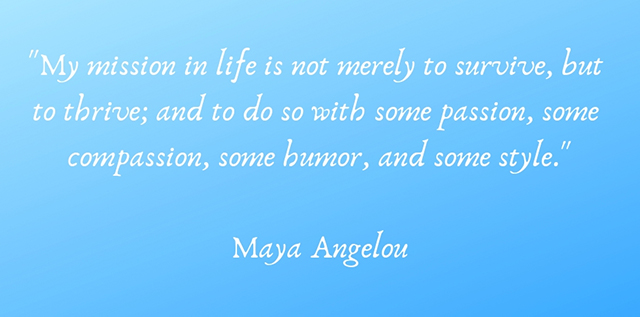
I am so thrilled. I’ve been wishing for years, maybe even a decade, that my funny, deep thinking, well read, amazing yoga teacher, lawyer friend Kim Blanc would do some book reviews for the hundreds of books she reads every year. Over the years, we have had many illuminating discussions about what she learns. She’s so well spoken, in a relatable and inspiring way, that I’ve always believed that her knowledge needs to reach a wider audience. Today is that day I’ve dreamed of. I am so happy to share her review of James Nestor’s book, “Breath: The New Science of a Lost Art”, that has the yoga world buzzing. Without further ado, here’s Kim’s reflections:
These days, more than ever, we need to take responsibility for our own health. Currently, our healthcare system is over-burdened and healthcare costs are through the roof. As individuals, there are simple things we can do not only to maintain our health but even improve it. Improving diet and exercise, reducing toxins and stress can have a profound and lasting effect on the prevention and treatment of most chronic ailments and diseases. However, there is nothing more important to our health and well being than the way we breathe.
I’ve just finished reading BREATH: The New Science of a Lost Art, by James Nestor. I honestly believe that if the whole country read this book, and learned to breathe better, there would be no health care crisis (physically or financially) in the US (COVID-19 aside). “Modern research is showing us that making even slight adjustments to the way we inhale and exhale can jump-start athletic performance, rejuvenate internal organs, halt snoring, asthma, respiratory issues and autoimmune disease, and even straighten scoliotic spines.”
In a nutshell, Nestor’s research, dating as far back as 500 BCE, and citing ancient wisdom and modern science, tells us that for optimal health we need to breathe through our nose, day and night, and breathe less by slowing down the breath. The perfect breath being to breathe in slowly for about 5.5 seconds and breath out for about 5.5 seconds. That’s 5.5 breaths a minute for a total of about 5.5 liters of air.
As part of his research and under the supervision of an Otolaryngologist (a nasal and sinus surgeon) at Stanford, Nestor conducted an experiment where he plugged his nose and breathed only through his mouth for ten days. At the end of the ten day period Nestor’s snoring had increased 4,820 percent, he experienced, for the first time, sleep apnea which dropped his oxygen levels some nights to 85%. When oxygen drops below 90% the blood cannot carry enough oxygen to support body tissues. If this continues for too long, he writes, this can lead to heart failure, depression, memory issues and early death. In addition to a whole host of other miserable symptoms, Nestor’s blood pressure rose to the level of stage 2 hypertension, his stress related hormones spiked, suggesting that his body was under physical and mental duress, and his heart rate variability plummeted. Luckily, when he removed the plugs after ten days and began to breathe through his nose all system returned to normal. Since he is now primarily a nose breather, and regularly practices breathing exercises, his overall health has improved significantly.
Most of what I read in this book was not a big surprise to me as I have been practicing yoga and its recommended breathing techniques for ten years. In reading this book I appreciated so much all of the research and science that Nestor brought to light. I won’t bore you with a litany of my own past ailments, but suffice to say that the quality of my life has vastly improved since I began practicing yoga with an Ujjayi breath (slow steady balanced breath with an inhale for 5 and an exhale for 5 through the nose while constricting the back of my throat to created an ocean sound) and other forms of pranayama (breath exercises). A mouth breather my whole life, especially during sleep, and the host of health issues that went with it, I now sleep with my mouth closed and I no longer suffer from periodontal disease, sore throats, a whole host of sinus issues, anxiety and the misdiagnosis’ of many doctors. I now take responsibility for my own physical and mental health by breathing better and consistently practicing yoga and as a result, I have not had to see a doctor in years. This isn’t to say that I don’t appreciate doctors, I certainly do, but I take as much responsibility as I can to avoid having to see one in the first place and breathing better most definitely helps.
Let me close by saying that if you snore and/or experience sleep apnea, try placing a one inch piece of surgical tape over your mouth before going to bed. Nestor describes it as a Hitler mustache dropped down one inch over the lips. Don’t worry if it doesn’t last the night. Just keep doing it night after night. You will eventually train yourself to keep your mouth closed. If your sinuses are blocked try some saline spray before bed. By employing these two strategies, over time, your sinuses will open and enlarge and your overall health will improve, guaranteed! The nose is a use it or lose it apparatus! Use it!
Read the book! You’ll never breathe through your mouth again. Improving your health is that easy and it’s free!
(Note from Lisa – Thank you Kim!)









